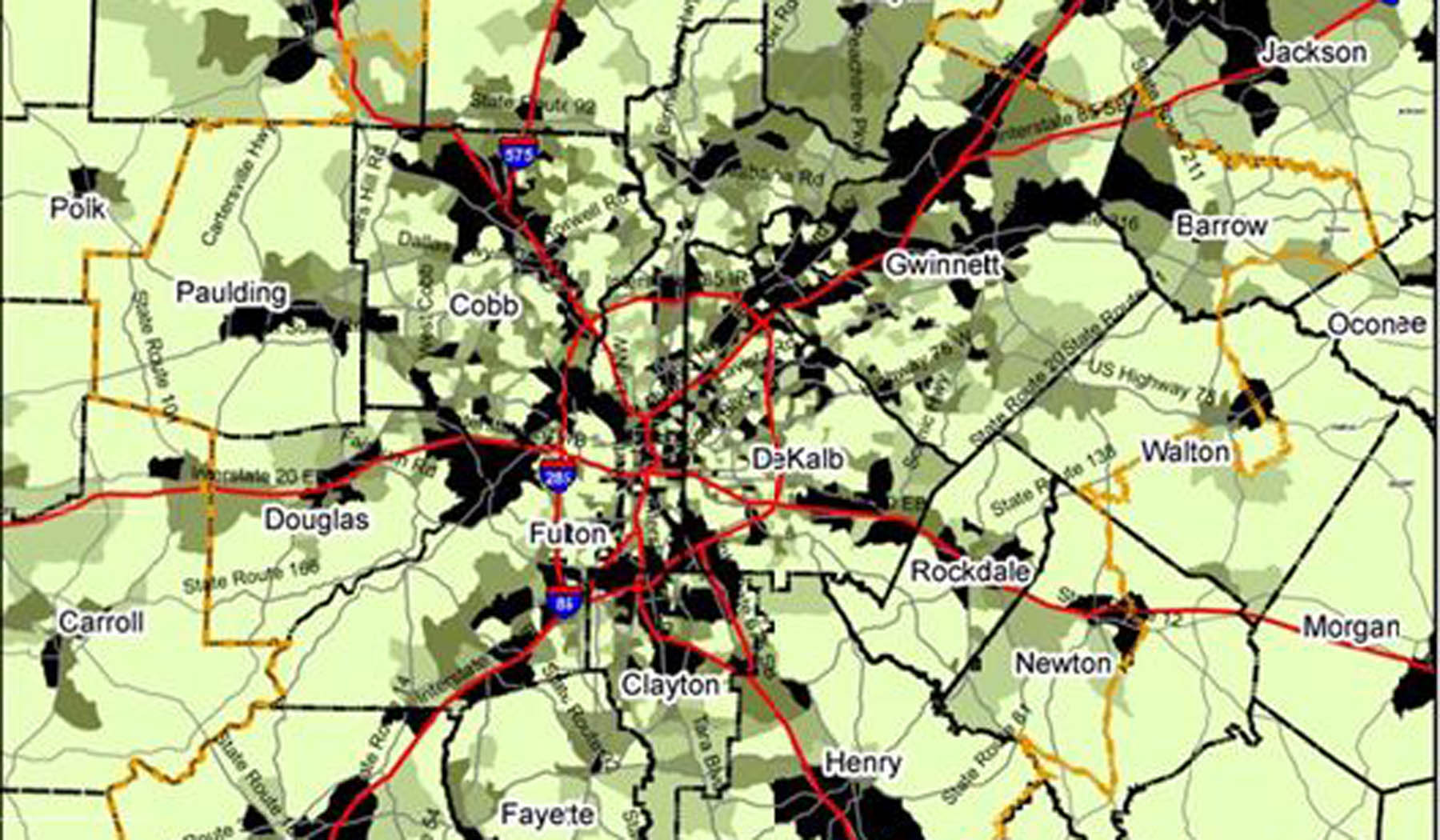The demand for truck transportation increases alongside growth in population and economic activity. As both truck and passenger traffic outstrip roadway capacity, the result is congestion, which the freight community experiences as truck bottlenecks. This NCHRP project produced a Guidebook that provides state-of-the-practice information to transportation professionals on practices and measures for identifying, classifying, evaluating, and mitigating truck freight bottlenecks. The intent is to help decision-makers in developing cost-effective solutions to address different types of truck freight bottlenecks.
The Guidebook is designed for use by transportation planners and research and operational staff. Its contents
- Define a common language related to truck freight bottlenecks
- Classify truck freight bottleneck categories based on causal and contributing factors
- Describe truck bottleneck state of the practice
- Provide highlights from several case studies related to truck bottlenecks
- Describe data sources used for truck bottleneck analysis
- Provide a spatially scalable methodology for identifying truck freight bottlenecks
- Describe quantitative measures for truck freight bottleneck categories for determining bottleneck severity, impact, and ranking and subsequent decision-making
- Describe mitigation options for truck freight bottlenecks
- Describe how to integrate freight bottleneck analysis into the planning process.
The Guidebook embraces a broad term for “truck freight bottlenecks” as any condition that acts as an impediment to efficient truck travel, thereby leading to travel times in excess of what would normally occur. This definition encompasses a wide range of events and conditions, all of which add time to the delivery of truck freight shipments, from the time those shipments leave their origin to the time they arrive at their destination.
The Guidebook describes two methodologies for identifying truck freight bottlenecks:
- A travel speed-based delay methodology, and
- A process or operation delay-based methodology.
The bottleneck analysis described in the Guidebook focuses on utilizing truck probe data rather than traditional travel demand models. Truck probe speed data can be used in conjunction with other data sources (e.g., crash data, weather data, volume data) to identify the causes of bottlenecks. The methodologies are scalable in multiple ways, and this will allow agencies to use their available data resources regardless of the source or size of those resources. In addition, the same analytical approach will work whether the analysis is performed for an entire state highway network, a regional network, or even a specific city. The recommended approach can also be applied to a single road segment, multiple roads within a geographic corridor, an entire region, to all roads in the state, or to all roads in a multistate region. Finally, the methodology can be used to demonstrate the benefit of bottleneck improvements to truckers, policy decision-makers, and the general public. This is particularly true for bottlenecks based on operational restrictions (such as geometric or height restrictions or truck bans).
Authors:
Dike Ahanotu
Richard Margiotta
Cambridge Systematics
Bill Eisele
Texas Transportation Institute
Mark Hallenbeck
Washington State Transportation Center–UW
Anne Goodchild
Ed McCormack
UW Department of Civil and Environmental Engineering
Sponsor: NCHRP

